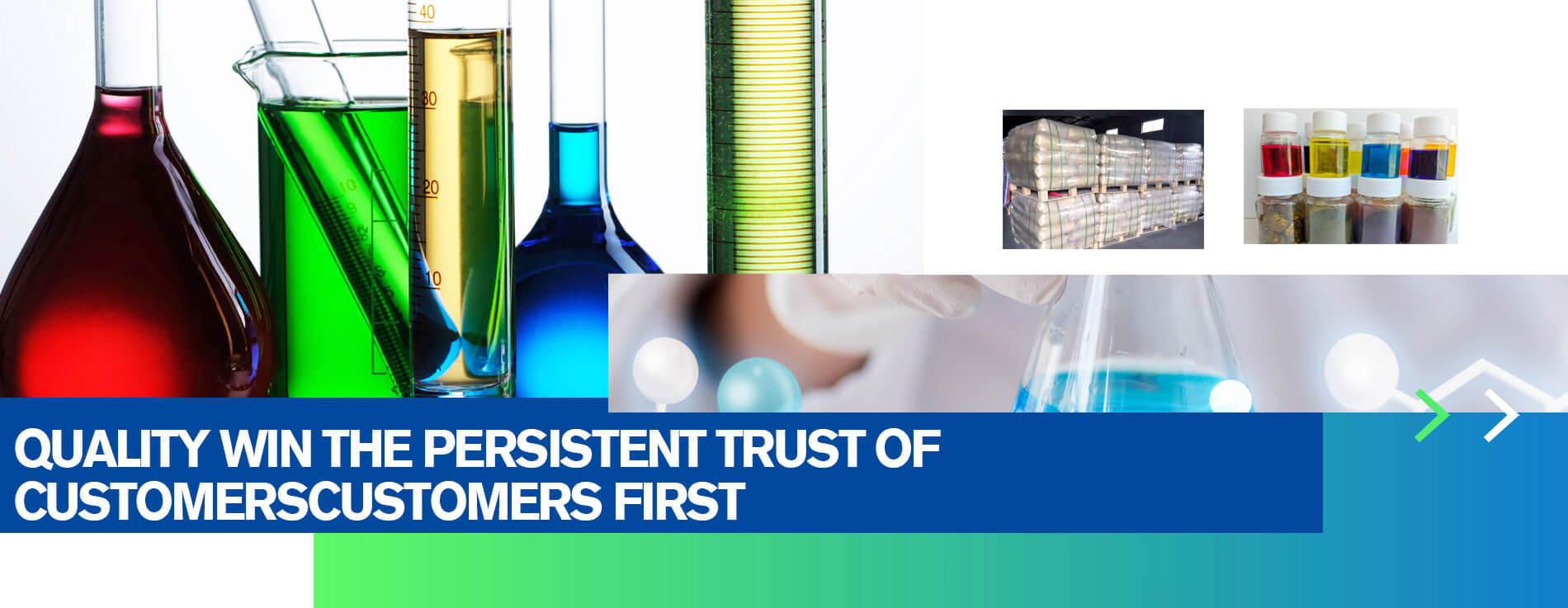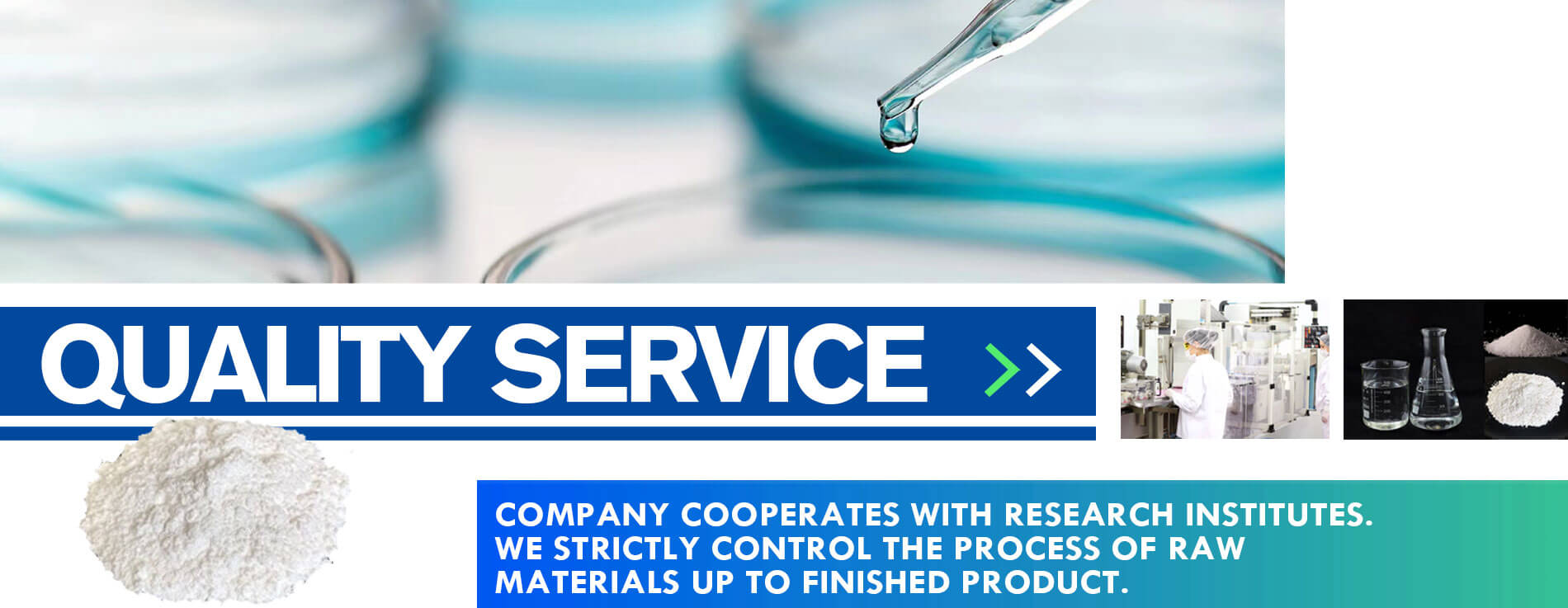As a leading 1,3-Difluoro-5-Propylbenzene supplier, we deliver high-quality products across diverse grades to meet evolving needs, empowering global customers with safe, efficient, and compliant chemical solutions.
What are the main uses of 1,3-difluoro-5-propylbenzene?
1,3-Diethyl-5-cumene has a wide range of main uses. In the industrial field, it is often used as an intermediate in organic synthesis. For example, in the preparation of fine chemical products, it can be converted into many compounds with special properties through a series of chemical reactions. The products involved in the synthesis have important applications in the fragrance, pharmaceutical and other industries.
In the fragrance industry, compounds derived from 1,3-diethyl-5-cumene can endow fragrances with a unique smell, add complexity and layering of aroma, and make fragrances more attractive and unique.
In the field of medicine, the drug intermediates synthesized from this raw material can be further reacted and modified to make drugs for the treatment of specific diseases. Its special chemical structure lays the foundation for the activity and efficacy of drugs.
In addition, 1,3-diethyl-5-cumene is also used in solvents. Because of its solubility and volatility, it can be used as an organic solvent in some chemical reactions to assist in the dissolution of reactants, promoting smoother reactions and improving reaction efficiency and product purity. At the same time, in the paint, ink and other industries, it can also use its solubility to optimize product performance and processing technology.
What are the physical properties of 1,3-difluoro-5-propylbenzene?
The physical properties of 1,3-diene-5-methylbenzene are unique. Looking at its shape, at room temperature, it is mostly colorless and transparent, like a clear spring, clear and pure, with light penetrating, shining, and no impurities disturbing its transparency.
Smelling its smell often exudes a special fragrance, which is not vulgar, but an elegant and unique fragrance, leisurely entering the nose, or can evoke some reverie.
As for its boiling point, due to the characteristics of molecular structure, it is about a certain range. Under specific pressure environments, the value of boiling point is stable, and this value is related to the key operations of separation and purification in many fields such as chemical industry. Its melting point also has a certain value. When the temperature drops below the melting point, the substance gradually solidifies from the liquid state, and the morphology changes, showing the change of material characteristics.
When it comes to density, compared with common solvents or substances, it has its own value. Placed in a liquid environment, depending on the density, it may float or sink. This property is very important for the research and application of mixed systems.
In terms of solubility, 1,3-diene-5-methylbenzene has good solubility in organic solvents, such as common ethanol, ether, etc., and can blend with it to form a uniform and stable system. However, in water, due to the large difference in polarity between its structure and water, its solubility is minimal, and the two are as distinct as oil and water.
In addition, the volatility of this substance cannot be ignored. In an open environment, its molecules are prone to escape from the liquid surface and enter the gas phase. This property needs to be carefully considered during storage and use to prevent it from dissipating or causing safety risks.
What are the chemical properties of 1,3-difluoro-5-propylbenzene?
1% 2C3-diene-5-methylbenzene, this is an organic compound. Its chemical properties are unique, and the existence of alkenyl groups and methyl groups endows it with various reactivity.
alkenyl groups are active and easy to initiate addition reactions. Taking bromine water as an example, the alkenyl groups in 1% 2C3-diene-5-methylbenzene can be added to bromine elemental substances to make bromine water fade. This is a common method for identifying olefins. And because there are two alkenyl groups, 1,2-addition or 1,4-addition can occur, depending on the reaction conditions.
methyl groups also have certain activities. Under light conditions, hydrogen atoms on methyl groups can be replaced by halogen atoms. If mixed with chlorine gas, the chlorine atom will gradually replace the hydrogen atom on the methyl group to form a chlorine substitute.
In addition, 1% 2C3-diene-5-methylbenzene contains a benzene ring and is aromatic. Although the benzene ring is stable, under certain conditions, such as under the catalysis of Lewis acid, it can undergo electrophilic substitution reactions with halogenated hydrocarbons, acyl halides, etc., and the hydrogen atom on the benzene ring is replaced by other groups.
Due to the simultaneous inclusion of alkenyl groups and benzene rings in the molecule, the interaction between the two affects the chemical properties of 1% 2C3-diene-5-methylbenzene. It has a wide range of uses in the field of organic synthesis and can be used as a raw material
What are the synthesis methods of 1,3-difluoro-5-propylbenzene?
The synthesis method of 1% 2C3-diene-5-methylbenzene, although the synthesis of this specific compound is not directly mentioned in Tiangongkai, the ideas on the preparation and transformation of various substances in the book may be useful for reference.
To synthesize 1% 2C3-diene-5-methylbenzene, you can try to use benzene derivatives as starting materials. The common saying and gradual changes in Tiangongkai can first find benzene compounds containing methyl and introduce alkenyl groups by chemical means. Although there were no modern complex chemical reagents in ancient times, it may be possible to achieve similar purposes by the reaction of natural substances.
For example, many reactions using natural ores and plants as raw materials in Tiangongkai can be compared to this. Or you can find a suitable methyl benzene first, catalyze it with a specific catalyst, and react with the reactants containing alkenyl groups at a suitable temperature and pressure. This process needs to simulate ancient conditions, or you can use natural minerals as catalysts, such as some metal oxide ores, with their special lattice structure and activity checking point to promote the reaction.
Temperature control or ancient heating methods, such as charcoal fire, can be slowly heated and finely adjusted. In terms of pressure, although there is no modern high-pressure equipment, a closed container can be used. With the generation of reaction gas, the internal pressure will naturally rise and be controlled within a suitable range. The monitoring of the reaction process, although there is no modern precision instrument, can be judged by observing the reaction phenomena, such as color changes, gas escape rate, etc. After many attempts and adjustments, the synthesis of 1% 2C3-diene-5-methylbenzene may be achieved.
What are the precautions for storing and transporting 1,3-difluoro-5-propylbenzene?
For 1% 2C3-diene-5-methylbenzene, there are many things to pay attention to in its preservation and transportation.
First words of preservation, this material has a certain chemical activity and should be stored in a cool, dry and well ventilated place. Because it is quite sensitive to heat and moisture, it is easy to deteriorate or cause chemical reactions in a high temperature and humid environment. Therefore, the temperature of the warehouse should be controlled within a specific range, and the humidity should be maintained moderately to avoid affecting its quality. And it must be kept away from fire and heat sources to prevent the risk of fire and explosion. Because it may be flammable, it may be dangerous in case of open flames and hot topics.
In addition, when storing, it should be stored separately from oxidants, acids, etc., and must not be mixed. This is because of its active chemical properties, and it is easy to react with various substances, resulting in failure or danger. At the same time, storage containers must also be carefully selected, and materials that can ensure sealing should be used to prevent leakage.
As for transportation, it should not be underestimated. Transportation vehicles should ensure that they are in good condition, equipped with corresponding fire fighting equipment and leakage emergency treatment equipment. During driving, be sure to prevent exposure to the sun, rain, and high temperature. When loading and unloading, the operation should be light and light, and it is strictly forbidden to drop, touch, and collide to avoid material leakage caused by damage to the container. Transport personnel should also be professionally trained to be familiar with the dangerous characteristics and emergency response methods of this substance. In case of emergencies during transportation, they can respond quickly and correctly to ensure the safety of transportation. In this way, they can avoid risks and protect their quality and safety when storing and transporting 1% 2C3-diene-5-methylbenzene.

